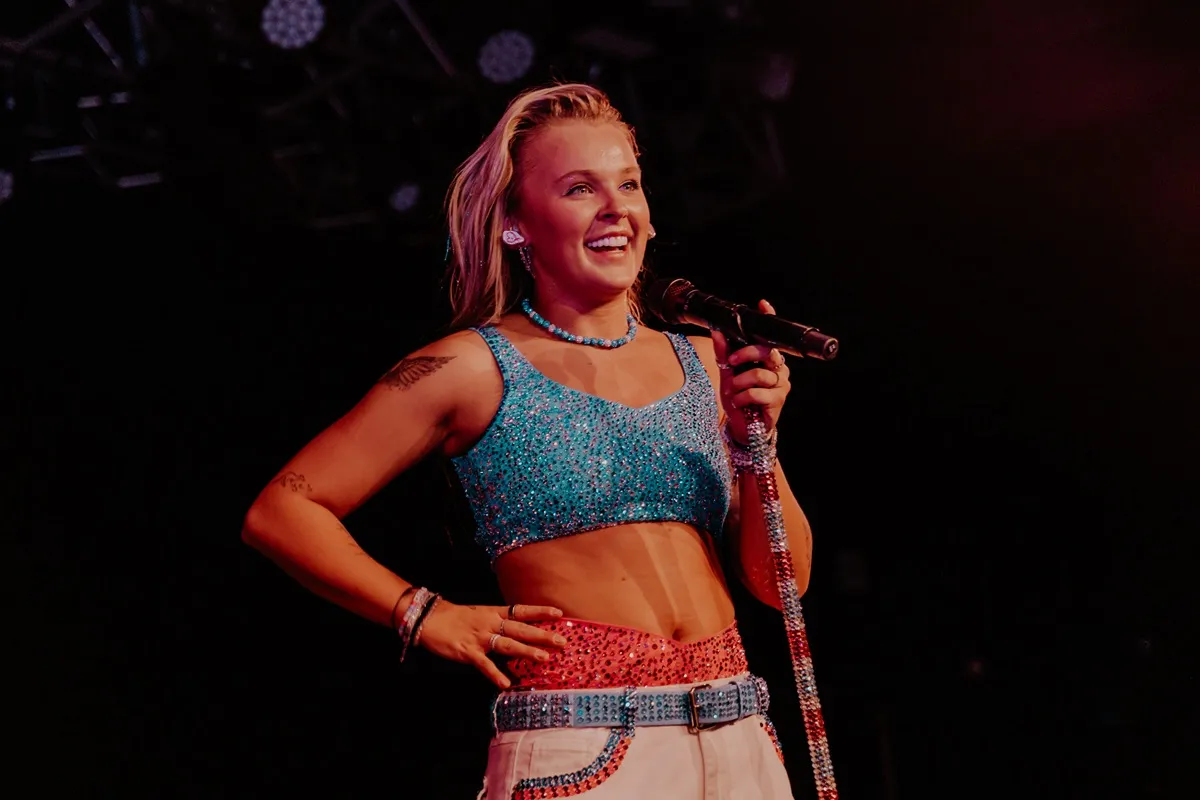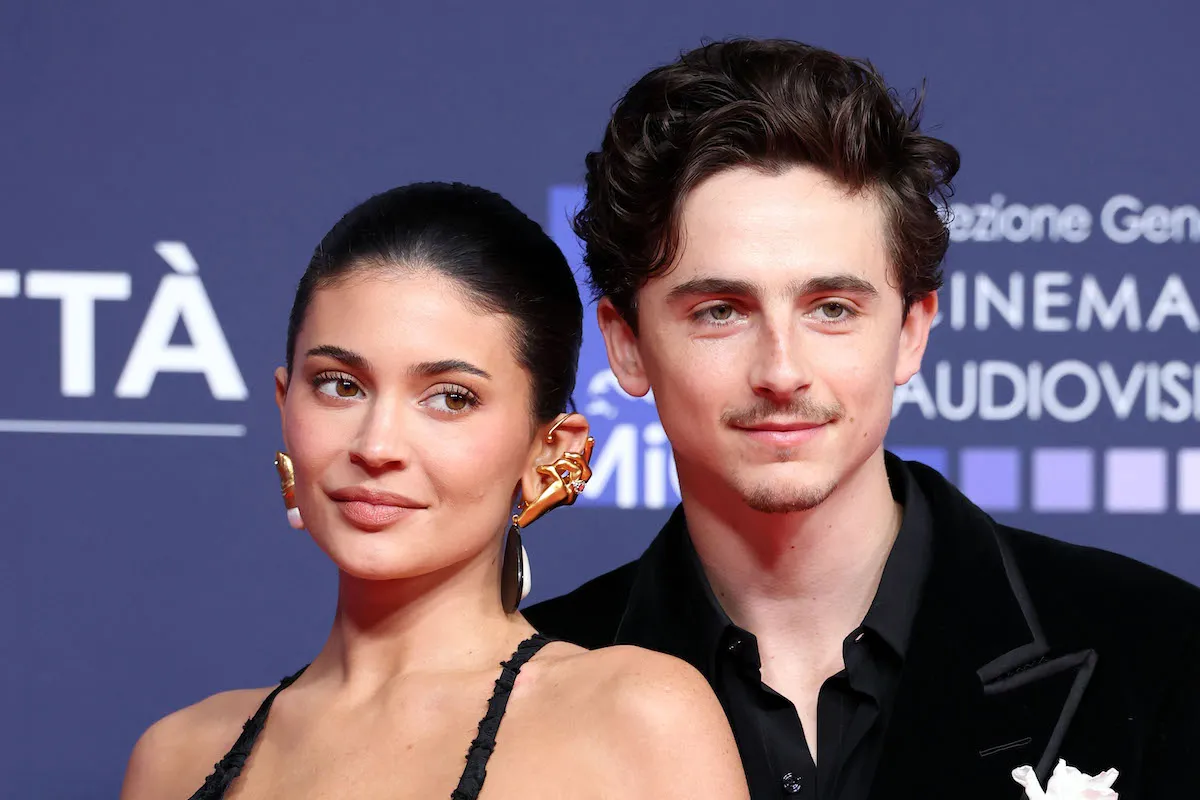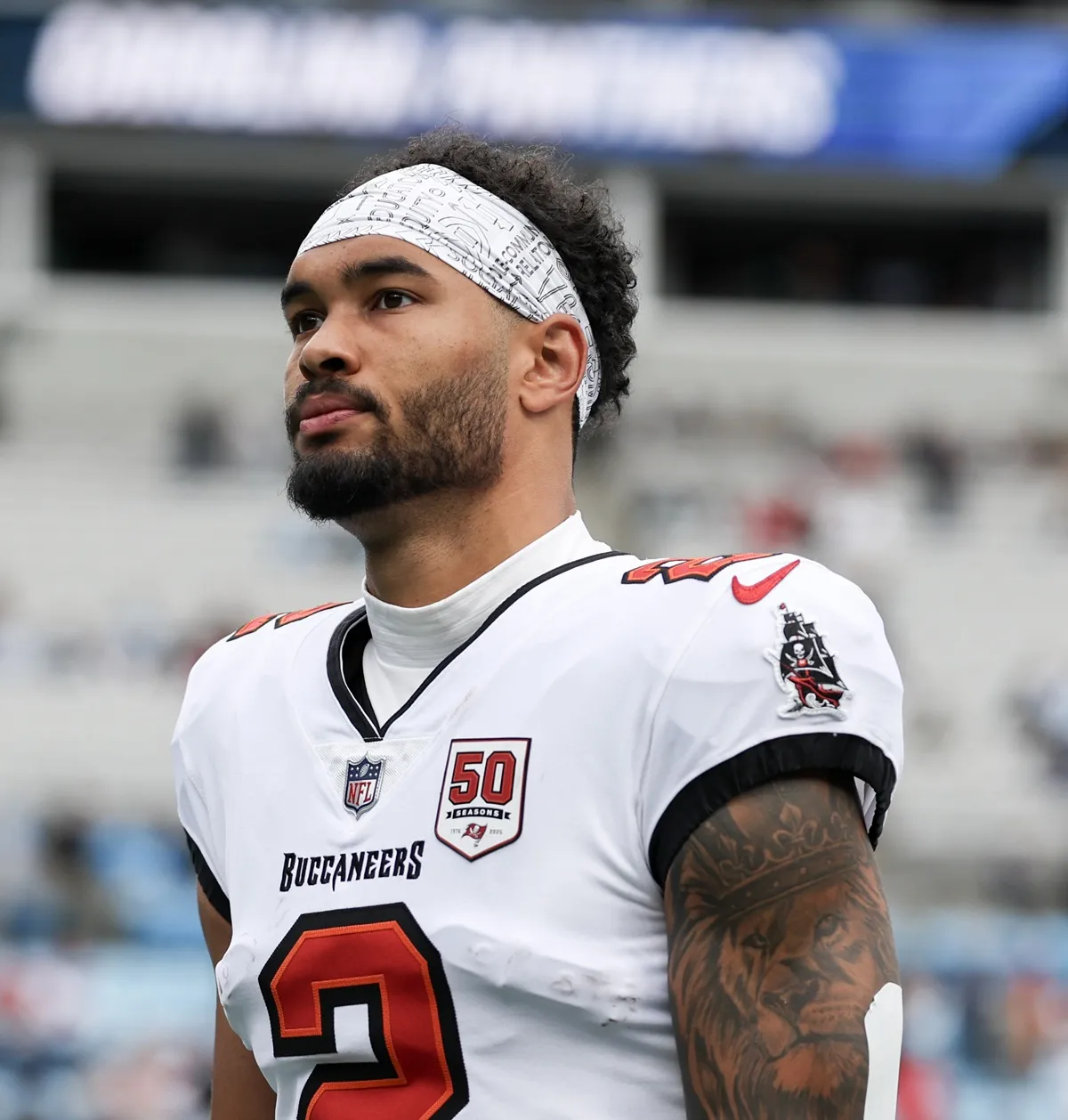‘Emily in Paris’ Misses Diversity in Lack of Moroccan and Algerian Representation in the Series
One of the shows in Netflix’s October lineup is Emily in Paris. Darren Star, the creator of Sex and the City, produced the new series.
The show received mixed reviews from critics and fans. Some were upset at the portrayal of both Chicago life and French culture. Many were quick to point out that there is little diversity within the tv show.
Netflix’s new rom-com ‘Emily in Paris’ is polarizing

Emily in Paris is a Netflix series that premiered in early October. There are currently 10 episodes, and the show stars Lily Collins as the main character. The show is about a young American woman moving to France.
Emily, the protagonist, is a marketing executive from Chicago. She ends up moving to France after her company merges with a French business. She leaves her previous life behind and has to adapt to her new one. Her job is to bring an American viewpoint to the French marketing firm.
The show follows her as she interacts with new colleagues and meets new love interests. Cultures clash as she navigates her new environment. Part of the show’s comedy is that it jokes about life in Chicago. For example, Emily and her new boss make fun of a real-life restaurant.
Fans are divided about the series: some think it’s a mindless watch that helps the viewer escape from the pandemic reality while others can’t fathom Netflix would produce such a mediocre series. Critics are overwhelmingly on the same page: they’re not fans.
Some spot the minimal diversity on the series
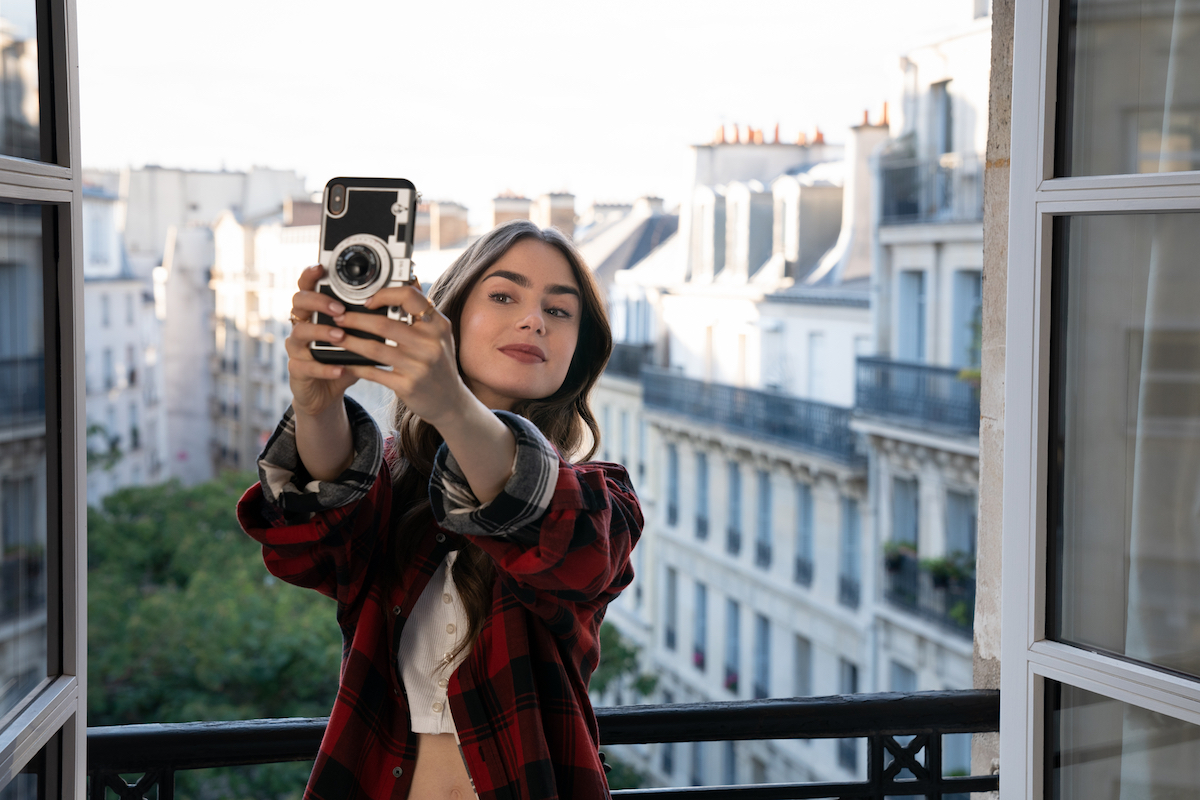
Many fans have criticized Emily in Paris for various reasons. One of the criticisms is that the show is lacking in diversity. That is not to say that there are no characters that represent minority groups. However, the few that are present are not as developed as others.
One of Emily’s friends is Mindy, who is Chinese. She is an heiress to a zipper company and aspires to be a singer. However, some fans feel that her character has the same trope many black characters have had in the past. The trope is that the person of color is the best friend that helps the protagonist, who is usually white.
Another character is Julien, who is a gay black man. He gets portrayed as catty and often has a witty remark. A number of critics have commented that the show uses both the gay best friend trope and the sassy Black person stereotype for the character.
Neither of the two has much backstory to them. Some feel the show does not provide the characters with a storyline to help develop them. Julien and Mindy are charming characters, and fans can hope they grow more as characters if there is a second season.
‘Emily in Paris’ is missing immigrant representation
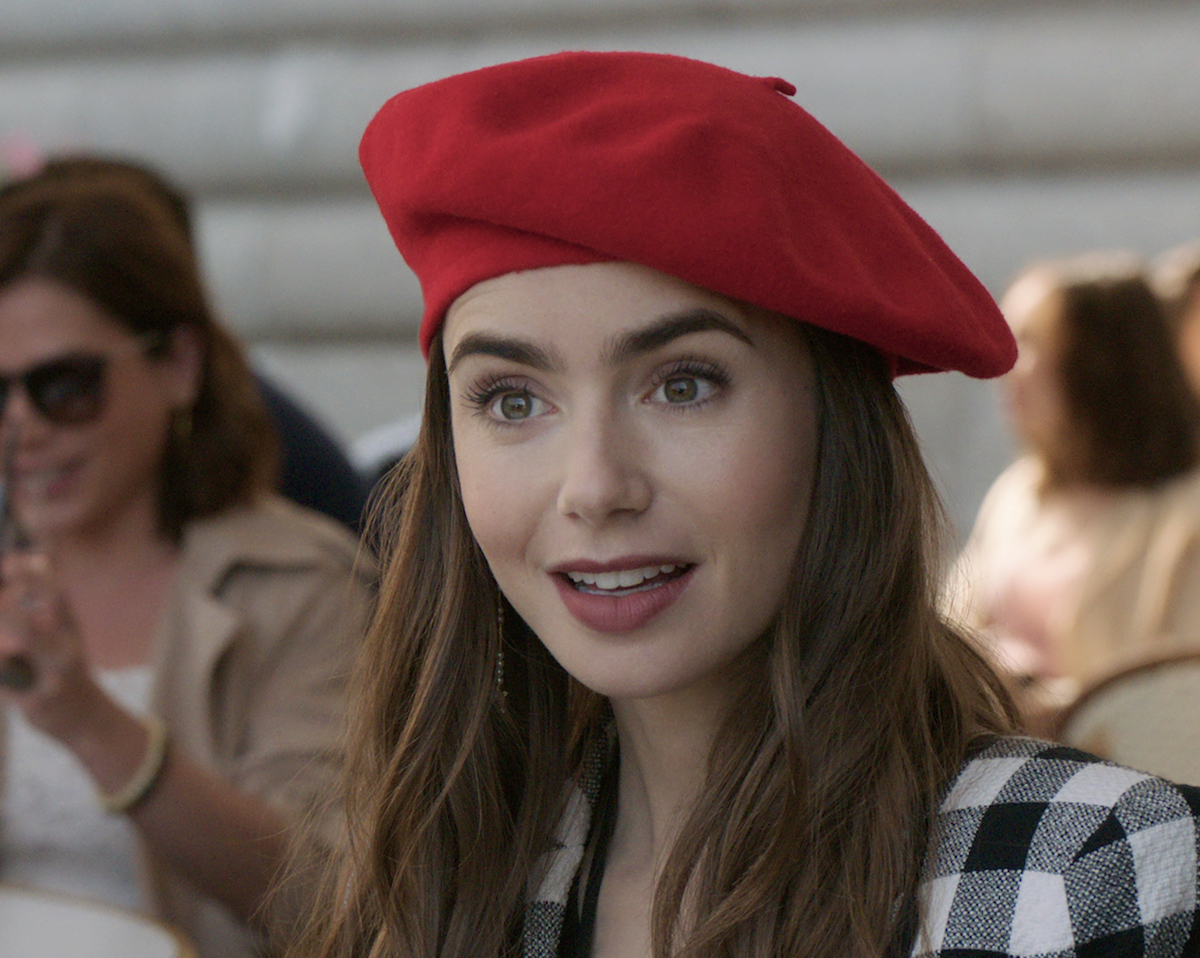
On the French side of the diversity issue, some viewers have noticed the lack of representation of local communities. Emily in Paris features actors who are from France. Lucas Bravo is a Paris-based actor, and he plays Gabriel, who is Emily’s love interest in the show.
By playing a major character, Bravo can add his cultural experiences to the show. Despite casting French actors, the show does not have any diversity for other French communities. Specifically, the Algerians and Moroccans that are living in France.
There are a few immigrant populations that reside in France. Algerians are the country’s largest immigrant community, and they make up roughly 20 percent of non-EU peoples in the country. Moroccans are the second largest group and are around 18 percent of the immigrant population. There are thousands of them living their daily lives in France.
These two groups have a considerable presence within France, yet they do not make an appearance in Emily in Paris. None of the characters or actors are from the communities. Samuel Arnold, the actor for Julien, is a person of color who was born in France. However, it is unknown if his family is from either of these communities. The show does not have any extras or passing characters that are either Moroccan or Algerian.
Star, the creator, suffered similar criticism with Sex and the City — diversity and ethnic representation on the New York City-based series were abysmal, at best, and when efforts were made, they were largely based on stereotypes and cliched. It appears Emily in Paris falls prey to the same problem: Hollywood’s massive diversity problem.
